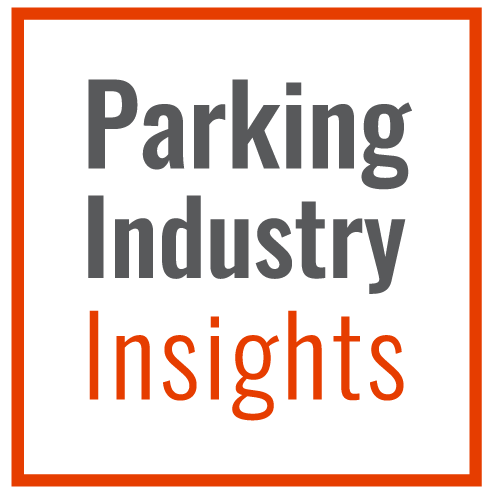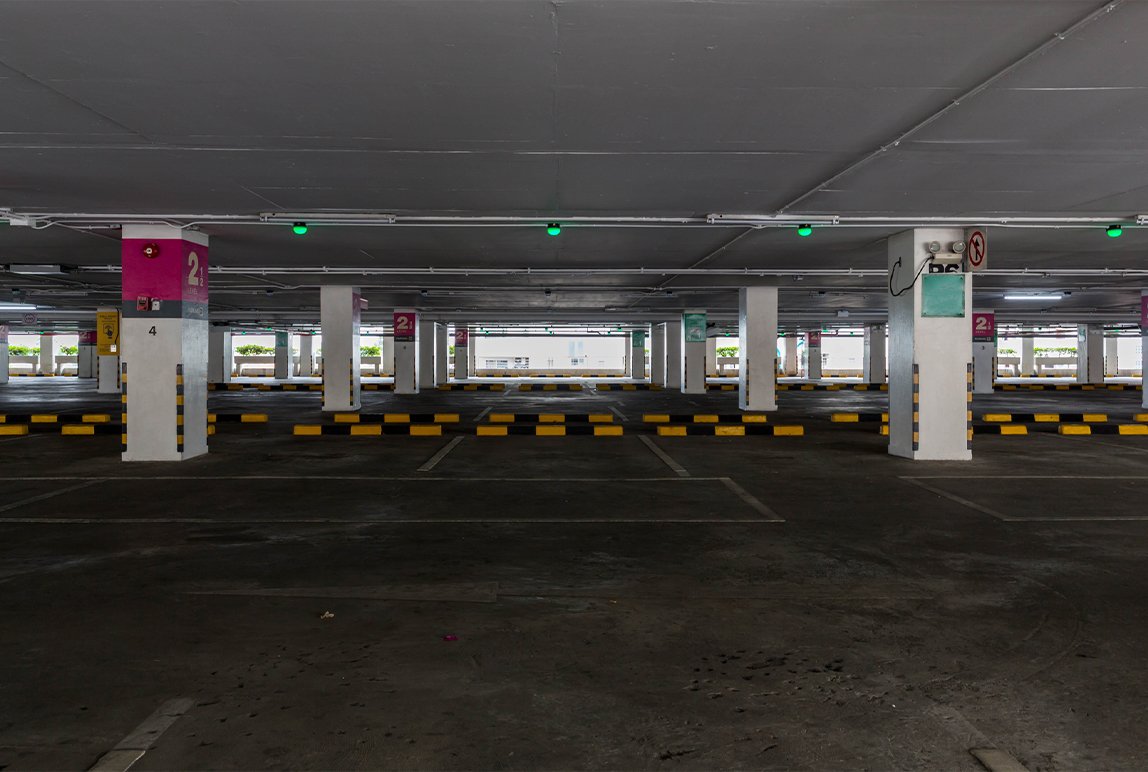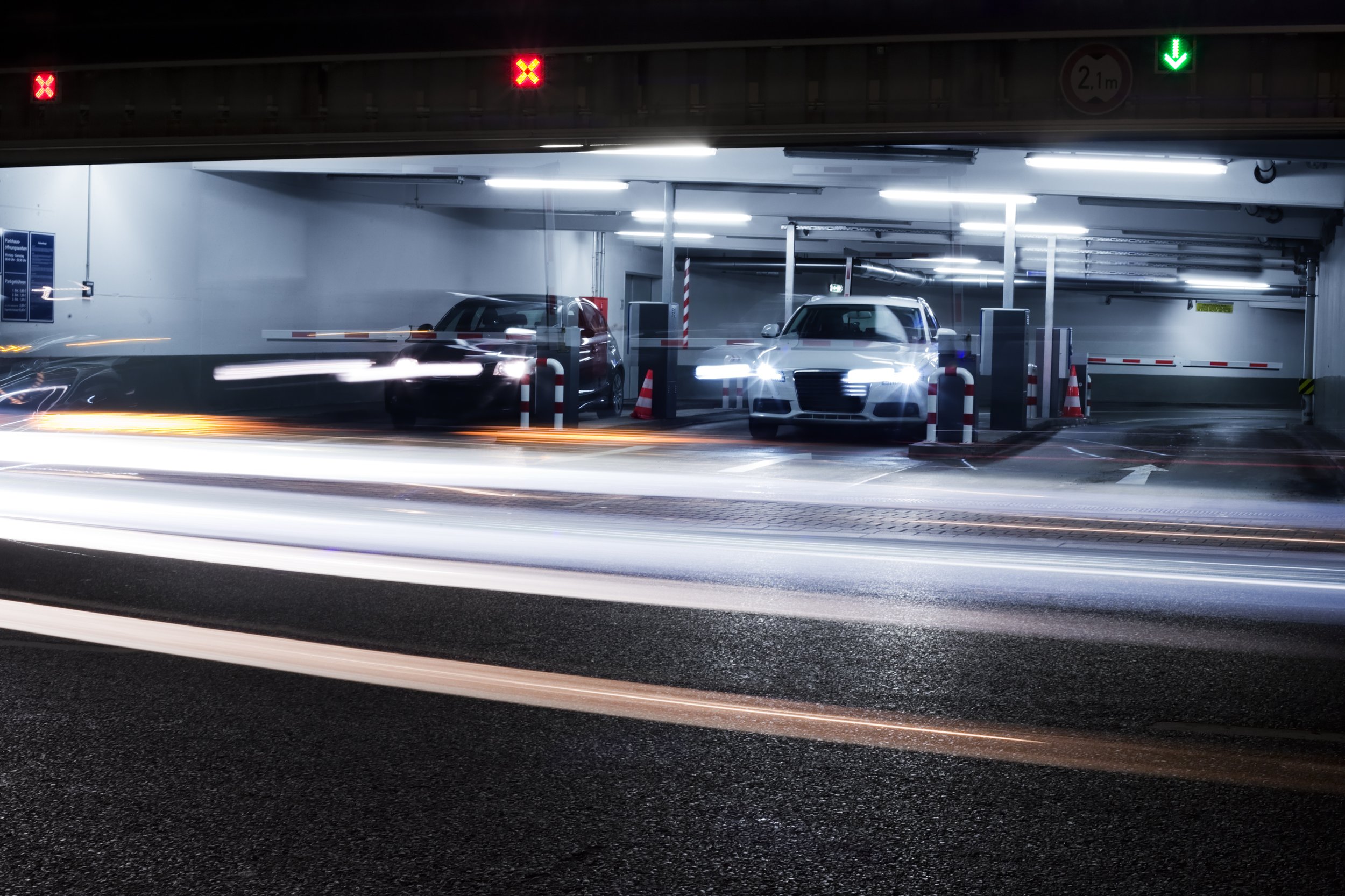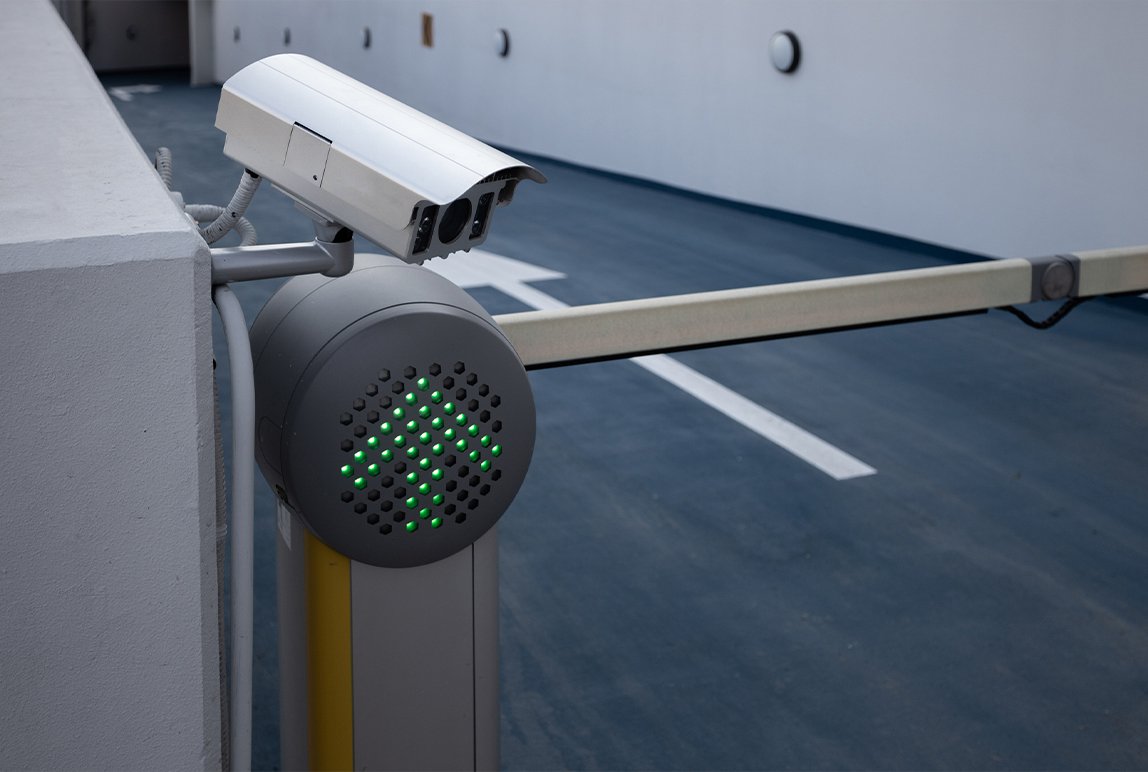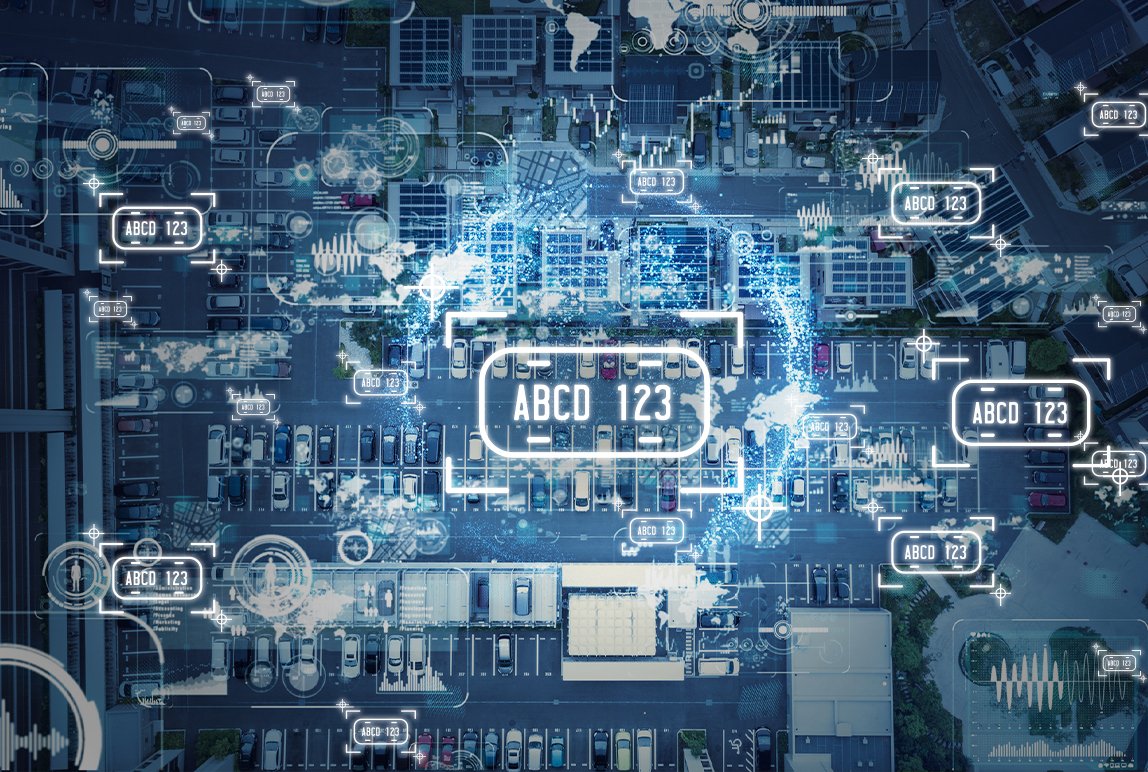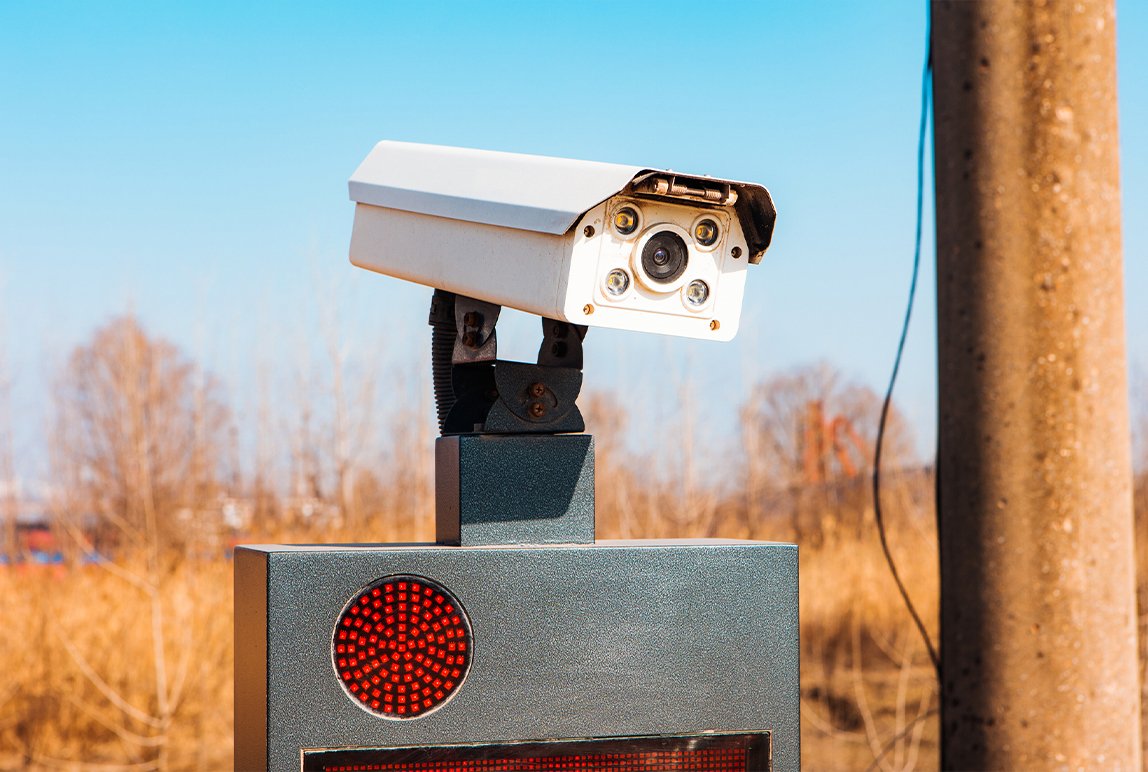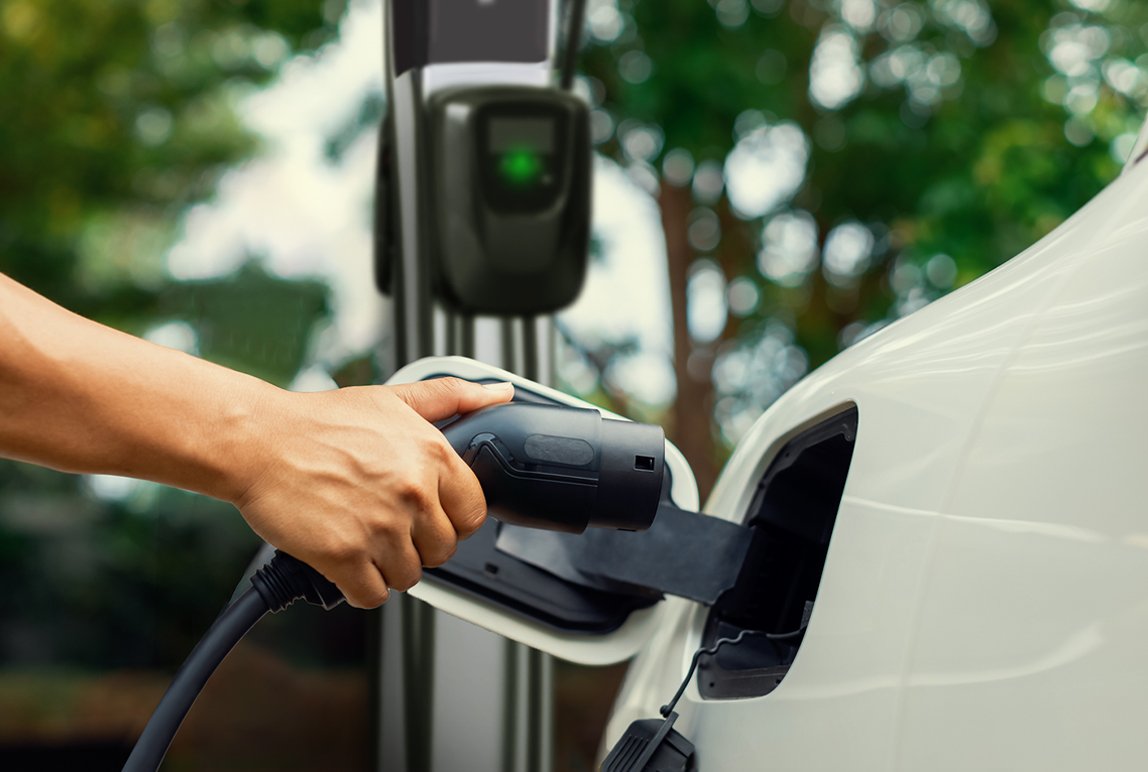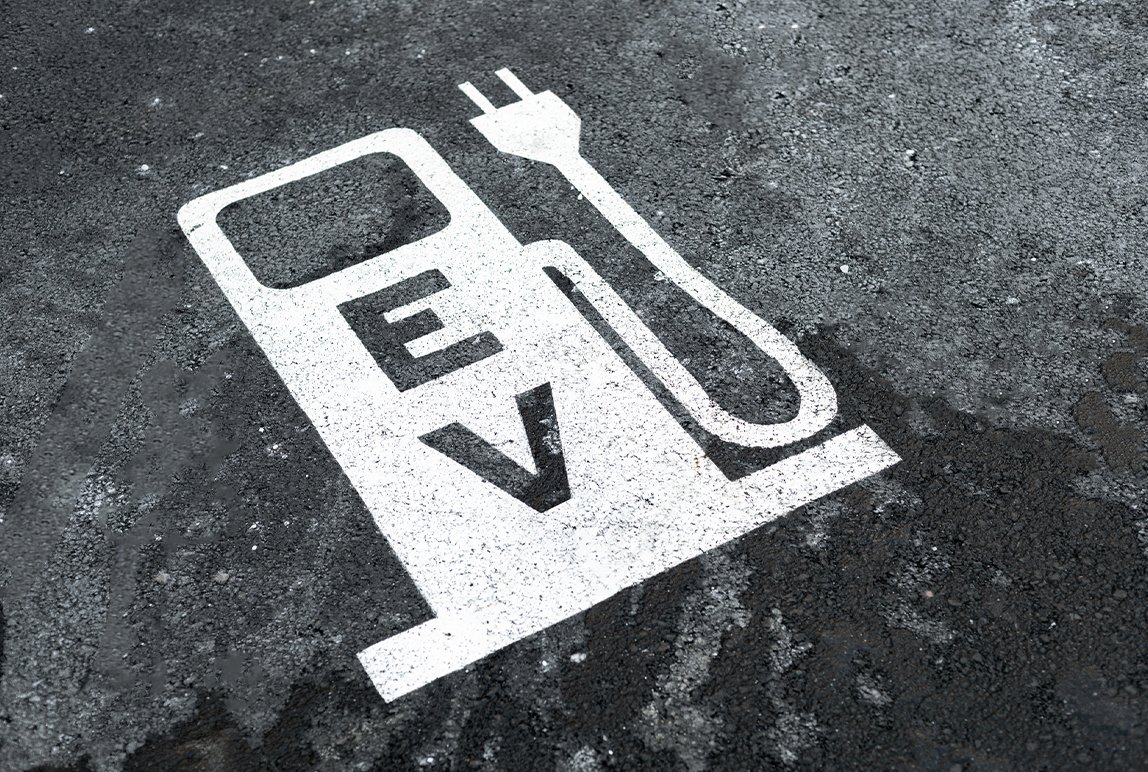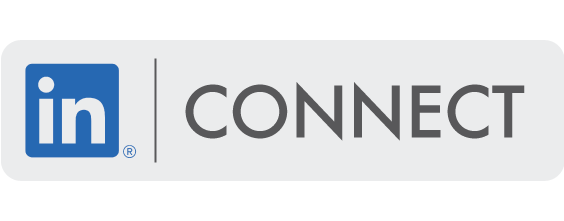What is License Plate Recognition?
Posted: Mar, 5, 2025 1:42 PM ET • 3 min read
As we all know, advances in technology are driving constant evolution, and the parking and mobility industry has undergone huge shifts in recent years. As a result, parker experiences are enhanced, and operational efficiencies are growing. License plate recognition (LPR) technology is one that has shifted the parking operations’ paradigm, and it is being widely implemented to allow organizations to leverage advanced analytics, a deeper understanding of their parker’s behaviours, reduce traditional CAPEX allocations, provide greater accuracy, and secure revenue.
All while helping to improve the parker’s journey.
This article explores what LPR is, how it works, and why it can be a transformative solution for parking facilities.
What is LPR?
When we talk about license plate recognition, it is – at its simplest, the technology that drives the recognition of license plates.
While it may seem to be a distinction without a difference, it is an important one. When an LPR solution is introduced in any facility, it will contain those three elements:
· The camera
· The OCR software
· The LPR software
How Does an LPR Solution Work?
The Camera
A high-quality, often times infrared, camera is installed either in-lane in a housing on a island or from the ceiling, angled in such a way as to capture an image of a license plate as a vehicle approaches an entry lane. Once it has captured an image of the license plate, the software takes over.
The OCR Software
Using programming, training, machine learning, and now AI, the OCR software processes the image captured by the camera. It identifies the parameters of the license plate, analyzes the characters contained within its boundaries, extracts the license plate letters and numbers (while ignoring other letter and numbers), and converts the targeted pixels into machine-readable text—letters and numbers.
The LPR Software
The “brains” in the software uses the optical character recognition intelligence that the OCR software transformed into the letters and numbers that are contained within a license plate. And then, of course, the LPR software will associate that license plate with the parking transaction.
The license plate information is placed in a database, allowing parking technologies to verify parking transaction status, like for a permit or an active parking session, for instance.
In a gated lot, the LPR software – when integrated with the gated parking systems backend software – helps connect the license plate to the entry ticket number, providing an additional layer of searchability and parking revenue security.
And in a parkade with camera-based guidance systems, the LPR software will help parkers find where they parked their car.
While the most common use cases for LPR technology are assisting in access control, billing, locating a vehicle in a parkade, and enforcement, there are many more possibilities that this technology can offer.
Benefits of LPR for Parking Management
LPR offers many benefits, yet streamlined entry and exit experiences are not only convenient for employees and transient parkers, but they are also compelling for property owners—and probably the most satisfying part of a parking experience for any parker.
Highlight: License Plate Enforcement (LPE)
One of the newer applications for LPR solutions is combining them with multi-space meters and/or mobile payment applications.
In this configuration, a license plate is captured and processed as a vehicle enters a non-gated parking lot. The system connects with the payment system(s) and checks to see if there is an active parking session associated with the plate—this could be a permit, a time-based session, or a validated session, for instance. If the query returns with no active session, it will check again in 15 or 20 minutes. If there still is no active parking session, an alert will be sent to the central management system and/or the patrollers. Business rules would dictate when enforcement action would take place. As an example, a site with 400 stalls might chose to only dispatch patrollers once there are 10 parkers without a valid parking session to maximize the time and effort of their patrollers.
The example above is just one way that site owners and operators can benefit from the vast and varied savings available to them with the deployment of LPR and freeing up the time of their employees and partners to focus on higher value tasks that enhance the parker experience and increase the business’ revenue.
Operational Enhancements
The data provided by the LPR solution is providing owners and operators with the data that shapes their current and future operational strategies in areas like access, notifications lists, BOLOs, or even when considering implementing a dynamic pricing strategy or offering various types of monthly and flex parking permits.
License plate recognition is an emerging technology that is experiencing rapid adoption by forward-thinking parking facility owners and property managers and is clearly here to stay. As LPR technology evolves, its range of utility will continue to grow, making it a clear and smart choice for enhancing any parking operations.
References
Automated License Plate Readers: How Do They Work?. gtechna. (n.d.). https://www.gtechna.com/blog/how-do-license-plate-readers-work
Survision | License Plate Recognition Cameras. (n.d.). What is license plate recognition?. Survision. https://survisiongroup.com/post-what-is-license-plate-recognition
Share Article:
Featured Articles
ABOUT THE AUTHOR
Cynthia Bruce
Associate Director, Proposal Development
Cynthia began her career in the parking industry when she joined Precise ParkLink in 2015. With a leadership role in Precise ParkLink’s proposal development department, Cynthia is responsible for discerning our clients’ needs and developing compelling win themes that align our product and service offerings with those needs. Leveraging her education in business management at Humber College, she has continued to stay ahead of every opportunity in her career. In so doing, she works collaboratively with subject matter experts from among our R&D engineers, ensures the messaging within our marketing department’s collateral is consistent with our proposals, and mentors a small team of writers to develop their unique talents to the department’s advantage.
Questions?
Fill out the form below and we will do our best to connect you with a suitable contact.
